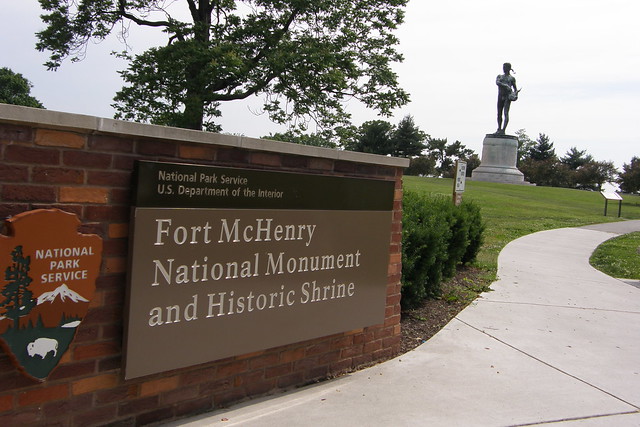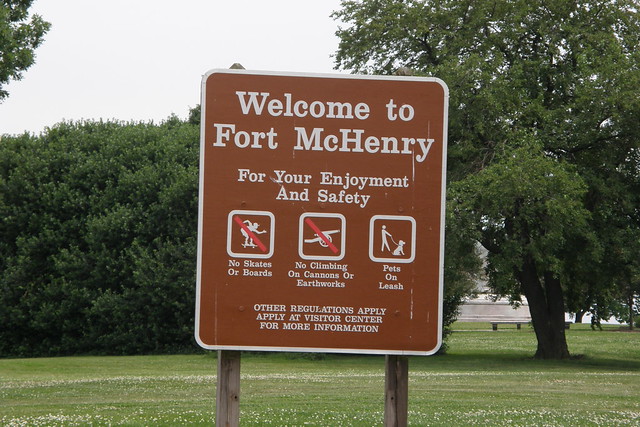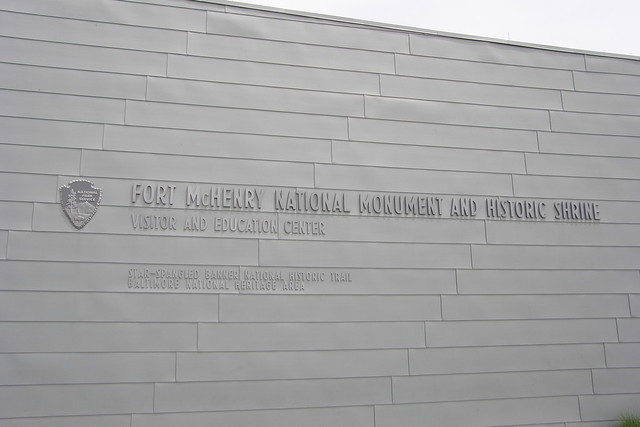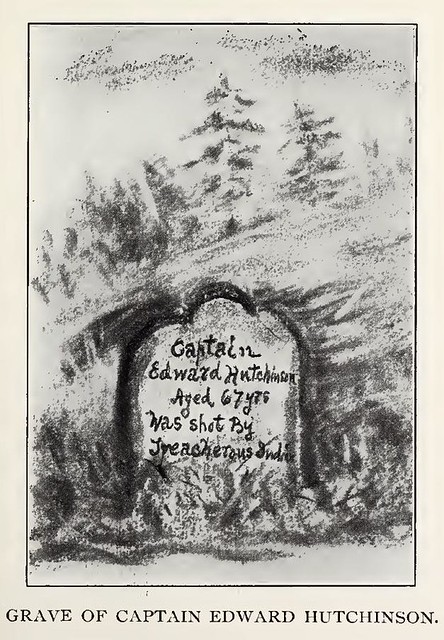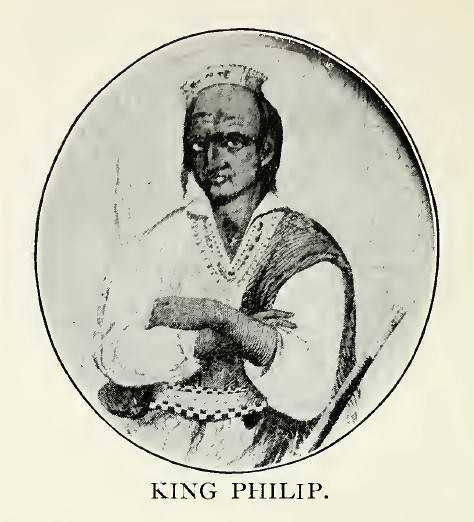Saturday, November 24, 2018
Grandfather's Chair: Nathaniel Hawthorne Tells Mary Dyer’s Story
Nathaniel Hawthorne was born in 1804 in Salem, Massachusetts. He became one of the most renowned authors of the nineteenth century. A friend to fellow writers and transcendentalists Henry David Thoreau, Ralph Waldo Emerson, and Louisa May Alcott, their shared philosophy sometimes colored his writing.
But his writing was more influenced by Salem.
He was embarrassed by his strange hometown that was so branded by its past. So he moved away in 1850 never to return—except in his writing. And there he returned repeatedly.
Hawthorne’s embarrassment went beyond Salem the place. Indeed he felt a personal responsibility; his own family had had a hand in its most regrettable incidents. His ancestor William Hathorne had sat in judgment of persecuted Quakers and that ancestor’s son, John, had been a magistrate sitting as judge at the Salem Witch Trials.
Thus, Hawthorne’s writings (most notably The Scarlet Letter) sometimes attempt to atone for the errors of his family’s past by calling attention to Puritan leaders’ failings.
Such is the case with one of his least known books. Often this book is not even to be found in the listings of his writings. It’s a remarkable volume, written for children, that tells the story of New England through the fictionalized journeys of a single chair. The full title of the book is The Whole History Of Grandfather's Chair or True Stories From New England History, 1620-1808. It was first published in 1841.
Our interest in this book, Grandfather's Chair for short, is that, in its pages we find the story of Mary Dyer, my ninth-great-grandmother. It is that tale that follows (the text is in the public domain):
WHEN his little audience next assembled round the chair, Grandfather gave them a doleful history of the Quaker persecution, which began in 1656, and raged for about three years in Massachusetts.
He told them how, in the first place, twelve of the converts of George Fox, the first Quaker in the world, had come over from England. They seemed to be impelled by an earnest love for the souls of men, and a pure desire to make known what they considered a revelation from Heaven. But the rulers looked upon them as plotting the downfall of all government and religion. They were banished from the colony. In a little while, however, not only the first twelve had returned, but a multitude of other Quakers had come to rebuke the rulers and to preach against the priests and steeple-houses.
Grandfather described the hatred and scorn with which these enthusiasts were received. They were thrown into dungeons; they were beaten with many stripes, women as well as men; they were driven forth into the wilderness, and left to the tender mercies of wild beasts and Indians. The children were amazed to hear that the more the Quakers were scourged, and imprisoned, and banished, the more did the sect increase, both by the influx of strangers and by converts from among the Puritans. But Grandfather told them that God had put something into the soul of man, which always turned the cruelties of the persecutor to naught.
He went on to relate that, in 1659, two Quakers, named William Robinson and Marmaduke Stephenson, were hanged at Boston. A woman had been sentenced to die with them, but was reprieved on condition of her leaving the colony. Her name was Mary Dyer. In the year 1660 she returned to Boston, although she knew death awaited her there; and, if Grandfather had been correctly informed, an incident had then taken place which connects her with our story. This Mary Dyer had entered the mint-master's dwelling, clothed in sackcloth and ashes, and seated herself in our great chair with a sort of dignity and state. Then she proceeded to deliver what she called a message from Heaven, but in the midst of it they dragged her to prison.
"And was she executed?" asked Laurence.
"She was," said Grandfather.
"Grandfather," cried Charley, clinching his fist, "I would have fought for that poor Quaker woman!"
"Ah, but if a sword had been drawn for her," said Laurence, "it would have taken away all the beauty of her death."
It seemed as if hardly any of the preceding stories had thrown such an interest around Grandfather's chair as did the fact that the poor, persecuted, wandering Quaker woman had rested in it for a moment. The children were so much excited that Grandfather found it necessary to bring his account of the persecution to a close.
"In 1660, the same year in which Mary Dyer was executed," said he, "Charles II was restored to the throne of his fathers. This king had many vices; but he would not permit blood to be shed, under pretense of religion, in any part of his dominions. The Quakers in England told him what had been done to their brethren in Massachusetts; and he sent orders to Governor Endicott to forbear all such proceedings in future. And so ended the Quaker persecution—one of the most mournful passages in the history of our forefathers."
Thursday, November 15, 2018
Monday, August 13, 2018
Thursday, August 9, 2018
Friday, August 3, 2018
Monday, May 21, 2018
This Day, May 21, in Horn-Corey Family History
May 21, 1660 Mary Dyer, my 9th-great-grandmother, is arrested and jailed in Boston for the last time, leading to her execution 11 days later. Her crime? Returning to Boston after she had been told to stay out. She defied the ban to comfort fellow Quakers who had been imprisoned under harsh conditions.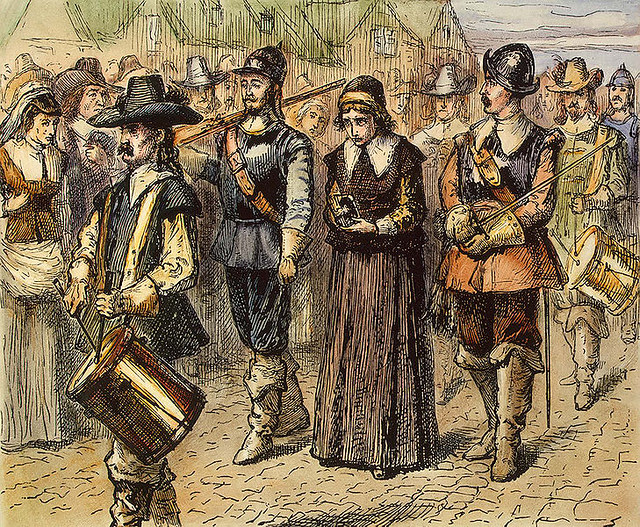 "Mary Dyer led to execution on Boston Common, 1 June 1660" (public domain, unknown artist)
May 21, 1669, Samuel Dyer, son of William & Mary Dyer and my 8th-great-grandfather (he married Anne Hutchinson, the granddaughter of Anne Marbury Hutchinson) is made Conservator of the Peace at Kingstown, RI.
May 21, 1820 Aucelia Ann [Angeline] Horton [27 2g] is born in Hector, Schuyler County, New York
"Mary Dyer led to execution on Boston Common, 1 June 1660" (public domain, unknown artist)
May 21, 1669, Samuel Dyer, son of William & Mary Dyer and my 8th-great-grandfather (he married Anne Hutchinson, the granddaughter of Anne Marbury Hutchinson) is made Conservator of the Peace at Kingstown, RI.
May 21, 1820 Aucelia Ann [Angeline] Horton [27 2g] is born in Hector, Schuyler County, New York
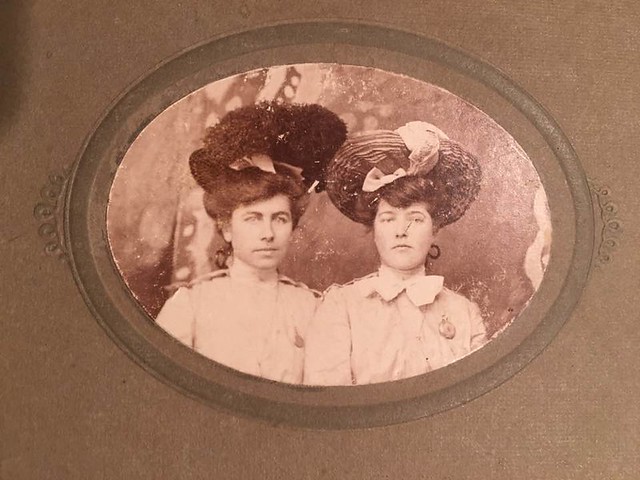 May 21, 1885 Nellie May Horn, grandaunt, sister of grandfather Frank Horn, is born. Nellie is on the left.
May 21, 1885 Nellie May Horn, grandaunt, sister of grandfather Frank Horn, is born. Nellie is on the left.
 "Mary Dyer led to execution on Boston Common, 1 June 1660" (public domain, unknown artist)
May 21, 1669, Samuel Dyer, son of William & Mary Dyer and my 8th-great-grandfather (he married Anne Hutchinson, the granddaughter of Anne Marbury Hutchinson) is made Conservator of the Peace at Kingstown, RI.
May 21, 1820 Aucelia Ann [Angeline] Horton [27 2g] is born in Hector, Schuyler County, New York
"Mary Dyer led to execution on Boston Common, 1 June 1660" (public domain, unknown artist)
May 21, 1669, Samuel Dyer, son of William & Mary Dyer and my 8th-great-grandfather (he married Anne Hutchinson, the granddaughter of Anne Marbury Hutchinson) is made Conservator of the Peace at Kingstown, RI.
May 21, 1820 Aucelia Ann [Angeline] Horton [27 2g] is born in Hector, Schuyler County, New York
 May 21, 1885 Nellie May Horn, grandaunt, sister of grandfather Frank Horn, is born. Nellie is on the left.
May 21, 1885 Nellie May Horn, grandaunt, sister of grandfather Frank Horn, is born. Nellie is on the left.
Saturday, May 19, 2018
This Day, May 19, in Horn-Corey Family History
The world considers May 19 a special day this year because it is the day that Prince Harry married Meghan Markle, which happened just a few hours ago as I type this. But there are other important occurrences this date, connected to our family.
On May 19, 1973, Kenneth Leroy Horn (that’s me) and Peggy Louise Paul married in Concord, Contra Costa Co., California, at Full Gospel Church. Yes, today is our 45th anniversary.
On May 19, 1643, the New England Confederation is founded, joining the colonies of Plymouth, Connecticut, New Haven and Massachusetts Bay in a military alliance against the threats of Native Americans, the French and the Dutch. This confederation was significant to our ancestral families who lived in Plymouth and Massachusetts Bay—the Whites, Winslows, Hutchinsons & Dyers.
In 1305, our ancestor Count William the Good of Hainault married Jeanne De Valois. They are our 22nd great-grandparents.
 And way back in 804 “Alcuin of York, an English scholar who became an adviser to Charlemagne and the most prominent figure in the Carolingian Renaissance (the rebirth of classical learning under Charlemagne), die[d]. He also devised a handwriting system using both small and capital letters for easier reading.” —This Day in Church History, Christianity Today.
King Charlemagne (Charles the Great) is my 38th great-grandfather. (Photo taken by me in the plaza of Notre Dame Cathedral.)
And way back in 804 “Alcuin of York, an English scholar who became an adviser to Charlemagne and the most prominent figure in the Carolingian Renaissance (the rebirth of classical learning under Charlemagne), die[d]. He also devised a handwriting system using both small and capital letters for easier reading.” —This Day in Church History, Christianity Today.
King Charlemagne (Charles the Great) is my 38th great-grandfather. (Photo taken by me in the plaza of Notre Dame Cathedral.)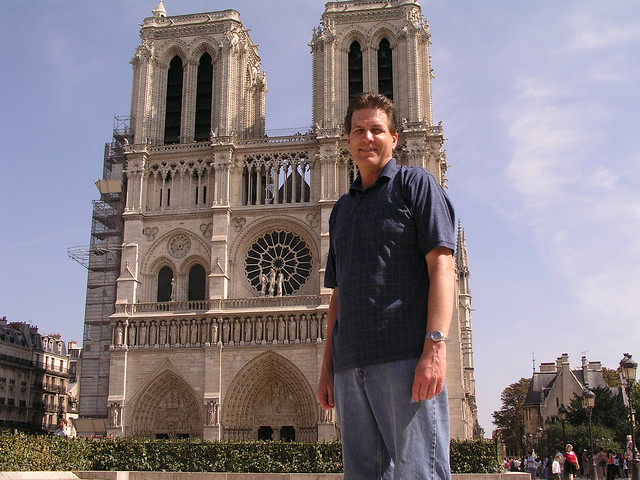
 And way back in 804 “Alcuin of York, an English scholar who became an adviser to Charlemagne and the most prominent figure in the Carolingian Renaissance (the rebirth of classical learning under Charlemagne), die[d]. He also devised a handwriting system using both small and capital letters for easier reading.” —This Day in Church History, Christianity Today.
King Charlemagne (Charles the Great) is my 38th great-grandfather. (Photo taken by me in the plaza of Notre Dame Cathedral.)
And way back in 804 “Alcuin of York, an English scholar who became an adviser to Charlemagne and the most prominent figure in the Carolingian Renaissance (the rebirth of classical learning under Charlemagne), die[d]. He also devised a handwriting system using both small and capital letters for easier reading.” —This Day in Church History, Christianity Today.
King Charlemagne (Charles the Great) is my 38th great-grandfather. (Photo taken by me in the plaza of Notre Dame Cathedral.)
Friday, May 18, 2018
British Loyalists Flee to Canada Following the Revolutionary War, Including Some of My Ancestors
I love history and genealogy. Here’s a bit of both concerning this date in history.
It had been one of history’s most surprising upsets. The underdog, upstart American Colonists had recently stunned the mighty British Empire and won their freedom. For those who had not supported the revolutionaries, there was upheaval.
On May 18, 1783, the British transport ship Union docked with the fleet transporting the first group of United Empire Loyalists to leave the newly created United States of America for friendlier British territories. These “Tories”—those faithful to the British Crown during the 8-year American Revolutionary War—had forfeited their land and much of their possessions to the victorious American Patriots (called Rebels, Traitors, or worse by the British). Most Loyalists ended up in nearby Canada, the first of them debarking at Parrtown, Saint John, Nova Scotia, which is now New Brunswick.
My ancestor Gideon Corey was among those aboard the Union.
It had been just 3 months since the War for Independence had been ended with the signing of the Treaty of Paris. Throughout most of the War, New York had been under British control, and this was where the majority of Loyalist evacuees were from.
The Crown repaid their loyalty by granting them land in unsettled regions. They became pioneers in the area of Nova Scotia that became New Brunswick one year after their arrival.
Gideon Corey, born in Rhode Island, was just 19 when the Colonies officially declared their Independence and 26 (and single) when he became a Canadian resident.
He soon married Abigail Clarke. Abigail’s ancestor Joseph Clarke is my eighth-great-grandfather. It is his brother, John Clarke (1609-1676), who is a significant historical figure. He was a medical doctor and founding pastor of the First Baptist church in Providence, as well as co-founder of Rhode Island and author of its groundbreaking charter. The charter asserted “that no person within the said colony, at any time hereafter shall be any wise molested [harassed], punished, disquieted, or called in question, for any differences in opinion in matters of religion, and do not actually disturb the civil peace of our said colony.” But Abigail was of a different political inclination than her famous relative.
Gideon and Abigail Corey, my fourth-great-grandparents, ultimately settled a British land grant in a remote portion of what is now Queens County. Here they raised a large family, including my third-great-grandfather Stephen Corey (born 1797). (Corey is my mother’s maiden name.)
Friday, May 11, 2018
Who Is Fort McHenry Named for?
James McHenry, Secretary of War
American Minute with Bill Federer (reprinted with permission)
The Star-Spangled Banner was written while the
British bombed Fort McHenry, named after Secretary of War James McHenry.
Dr. James McHenry served as a surgeon during the Revolutionary War.
He was taken prisoner by British when General William Howe captured Fort
Washington, New York.
Paroled in 1777, James McHenry was at the Battle of Monmouth, then became
an aide to General George Washington in 1779.
On September 24, 1780, James McHenry was riding
with General Washington and Major-General Lafayette to inspect the defenses of West
Point.
A breakfast was planned that morning with the
fort's commanding officer, General Benedict Arnold.
Being delayed, Washington sent McHenry ahead to
give his apologies to Benedict Arnold.
McHenry arrived only to find confusion in the
fort, as Arnold had planned on betraying West Point and capturing General
Washington.
Just moments before, Arnold's treasonous plot to
betray America's military had been discovered, with the British spy, John
Andre, having a map of West Point hidden in his boot.
Arnold fled to the British ship, Vulture.
On May 8, 1783, Yale President Ezra Stiles
stated:
"A providential miracle at the last minute detected the treacherous
scheme of traitor Benedict Arnold, which would have delivered the American
army, including George Washington himself, into the hands of the enemy."
The Continental Congress issued a Day of
Thanksgiving, October 18, 1780: "In the late remarkable interposition of
His watchful providence, in the rescuing the person of our Commander-in-Chief
and the army from imminent dangers, at the moment when treason was ripened for
execution."
After the War, Dr. James McHenry was elected to
the Maryland Legislature and sent as a delegate to the Continental Congress.
He was at the Constitutional Convention and signed the U.S. Constitution.
George Washington wrote to James McHenry, July
31, 1788:
"I earnestly pray that the Omnipotent Being,
who has not deserted the cause of America in the hour of its extremest hazard,
may never yield so fair a heritage of freedom a prey to anarchy or
despotism."
James McHenry served as Secretary of War under Presidents George Washington
and John Adams.
He transitioned western military posts from Great
Britain's control to the United States under the Jay Treaty.
He advised the Senate against reducing military
forces.
James McHenry is credited with establishing
the Department of the Navy, based on his March 8, 1798, recommendation that
the "War Department should be assisted by a commissioner of marine."
As Secretary of War, he added his voice to those
demanding a military academy to train officers, laying the groundwork for the
United States Military Academy at West Point.
Charles Carroll, a Signer of the Declaration of
Independence, wrote to James McHenry, November 4, 1800:
"Without morals a republic cannot subsist
any length of time; they therefore who are decrying the Christian religion,
whose morality is so sublime and pure and which insures to the good eternal
happiness, are undermining the solid foundation of morals, the best security
for the duration of free governments."
After public service, former Secretary of War
James McHenry became President of the first Bible Society in Baltimore,
Maryland, stating in 1813:
"Neither ... let it be overlooked, that
public utility pleads most forcibly for the general distribution of the Holy
Scriptures. The doctrine they preach, the obligations they impose, the
punishment they threaten, the rewards they promise, the stamp and image of
divinity they bear, which produces a conviction of their truths, can alone
secure to society, order and peace, and to our courts of justice and
constitutions of government, purity, stability and usefulness.
In vain, without the Bible, we increase penal
laws and draw intrenchments around our institutions. Bibles are strong
intrenchments. Where they abound, men cannot pursue wicked courses, and at the
same time enjoy quiet conscience ..."
McHenry continued: "Consider also, the rich
do not possess aught more precious than their Bible, and that the poor cannot
be presented by the rich with anything of greater value. Withhold it not from
the poor.
It is a book of councils and directions, fitted
to every situation in which man can be placed. It is an oracle which reveals to
mortals the secrets of heavens and the hidden will of the Almighty ..."
James McHenry concluded: "It is an estate,
whose title is guaranteed by Christ, whose delicious fruits ripen every season,
survive the worm, and keep through eternity. It is for the purpose of
distributing this divine Book more effectually and extensively among the
multitudes, whose circumstances render such a donation necessary, that your
cooperation is most earnestly requested."
After his death on MAY 3, 1816, James McHenry's
wife, Margaret "Peggy" McHenry, wrote: "Here we come to the end
of a life of a courteous, high-minded, keen-spirited, Christian gentleman. He
was not a great man, but participated in great events and great men loved him,
while all men appreciated his goodness and purity of soul. His highest titles
to remembrance are that he was faithful to every duty and that he was the
intimate and trusted friend of Lafayette, of Hamilton, and of Washington."
American Minute is a registered trademark of
William J. Federer. Permission is granted to forward, reprint, or duplicate,
with acknowledgment.
Thursday, May 10, 2018
Carroll County Civil War Draft Order
From
History of Carroll County.
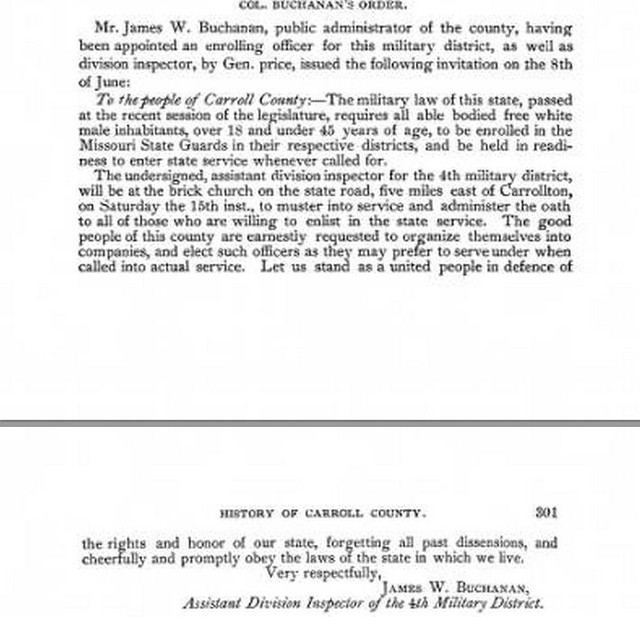
This is the order that conscripted John G. Addis, a native of Ireland with a family, into the Missouri State Guard, eventuallly serving under Confederate General Sterling Price. He was captured at the Battle of the Big Blue near Kansas City, and died at the notorious Camp Morton in Indiana. He had no reason to fight for slavery. I'm convinced this draft order is the only reason he fought—and died—for the Confederacy. I'm sure many others were also in his shoes. He was my great-great grandfather [No. 22].
King Philip's War, a Marlborough Perspective
A public domain selection from Historical
Reminiscences of the Early Times in Marlborough, Massachusetts by Ella. A. Bigelow
(1910), pp. 96-99:
Those
interested in quaint epitaphs will be rewarded by a visit to this place. The
question has often been asked where were the Marlboro people buried previous to
1675, the date on the burial stone in the above cemetery of Capt. Hutchinson.
The theory is that up to the latter date the people of Marlboro feeling their
tenure of territory insecure, the earlier burials doubtless were all made in
the older grave yards of Wayland, Watertown or Charlestown. If possibly any
were unable to travel thither, every greatest effort must have been made to
secretly bury the dead and hide all traces from the inhuman and sacriligious
foe. The custom of burying the dead in the homestead grounds originated no
doubt at this time of dread, and probably was the reason for the loss of many
early records. The fact of the church being located upon the Indian planting
field would be an argument against the burying the dead so near to the foe, and
altho' the yard adjoining the old Common
(back of High School) may have been the oldest in name, Spring Hill Cemetery
near the Union Church contains the remains of most of the earlier settlers
since 1675 and may surely be considered the oldest burying ground in the town.
Nearly in the center of the yard is the oldest stone located.
"Capt.
Edward Hutchinson aged 67 years was shot by Treacherous Indians Aug. 2, 1675.
Died August 19, 1675."
Capt.
Hutchinson of Boston was wounded in Brookfield and unable to get any farther on
his way home than the public house kept by John or as he was usually called
Goodman Howe, where he died Aug. 19th, and was the first person buried in the
above old burying ground. His headstone is still standing and the inscription
on it still legible.
KING PHILIP.
"Away! Away! I will not hear
Of aught but
death or vengeance now.
By the eternal skies I swear
My knee shall
never learn to bow!
I will not hear a word of peace
Nor clasp in
friendly grasp a hand
Link'd to the pale-brow'd stranger race
That work the
ruin of our land."
The most eventful period in the history of Marlborough
is that connected with the Narraganset or "King Philip War." When the
people from Sudbury petitioned for a grant of land eight miles west, and after
the punishment of the Pequots in 1638, and their submission to the colony agreeing
to live in peace and friendship, the settlers, apprehending no danger, began to
build and plant. But, the wiley Philip, the chief of the Wampanoags was
secretly plotting the extermination of the English settlements, and enlisting
the subordinate tribes they spread devastation and terror through the Colonies
whose hardships and sufferings then endured are unparalleled in our history.
Marlborough, a frontier town, was the theatre of war, being a prominent post
between Boston and the settlements on the Connecticut river. Foreseeing the
approaching storm our people headed by their minister Father Brimsmead, called
a meeting, the result of which was to establish and maintain various garrisons
and appoint soldiers to guard the same. After the execution of three Indians,
the murderers of Susaman, an Indian Missionary who had informed the settlers of
the Indians' secret design, Philip enraged then openly began hostilities.
Joining the Nipmucks, a tribe in the county of Worcester who had professed
willingness to treat with the English, Captain Hutchinson and Captain Wheeler
were sent with a small guard to treat with them but were fired upon from ambush
and eight of them killed and many others mortally wounded among whom was Capt.
Edwin Hutchinson. All know the history of brave Capt. Wardsworth, who came from
Boston to strengthen the garrisons at Marlborough and learning the fate of our
mother town Sudbury, passed on to her relief. Quoting the late Emily T. Hunt of
Sudbury:
"These grand old hills echoed the savage yell
Bourne on the breeze through wood and dell,
As down from Marlboro' swept King Philip's band.
Leaving behind a ruined and desolate land.
Fiendish, revengefully, onward still they passed.
Obedient to their haughty King's behest.
Until they reached this town and made attack.
But gallant Wadsworth soon was on their track.
You know the rest—how each man fought for home.
On yonder monument go read their doom.
And then with hearts uplifted, thank kind heaven
For homes so blessed—through such fierce struggles
given.
The portrait of King Philip we copy from Lossing's
Pictorial Field Book of the Revolution. The author writes:
"I copied this and the annexed marks of Philip's chief captains from
an original mortgage given by the Sachem to Constant Southworth on land four miles
square lying south of Taunton. The mortgage is dated Oct. 1, 1672. It was
acknowledged before and signed by John Alden the Puritan. This interesting
document passed into the hands of that intelligent antiquary S. G. Drake, Esq.
of Boston.
HISTORICAL REMINISCENCES OF THE EARLY TIMES IN MARLBOROUGH,
MASSACHUSETTS. AND PROMINENT EVENTS FROM 1860 TO 1910, INCLUDING BRIEF
ALLUSIONS TO MANY INDIVIDUALS AND AN ACCOUNT OF THE CELEBRATION OF THE TWO
HUNDRED AND FIFTIETH ANNIVERSARY OF THE INCORPORATION OF THE TOWN.
BY ELLA. A. BIGELOW
MARLBOROUGH, MASS.: TIMES PUBLISHING COMPANY,
PRINTERS. 1910.
Subscribe to:
Posts (Atom)

